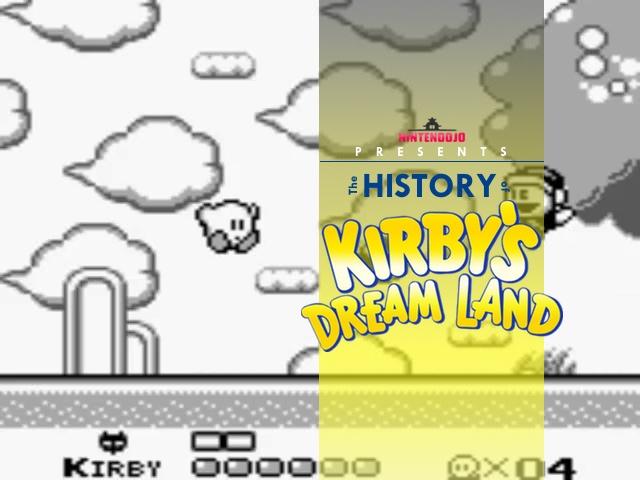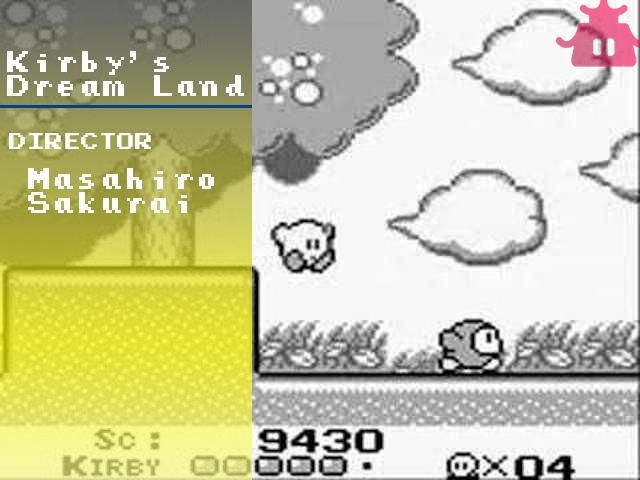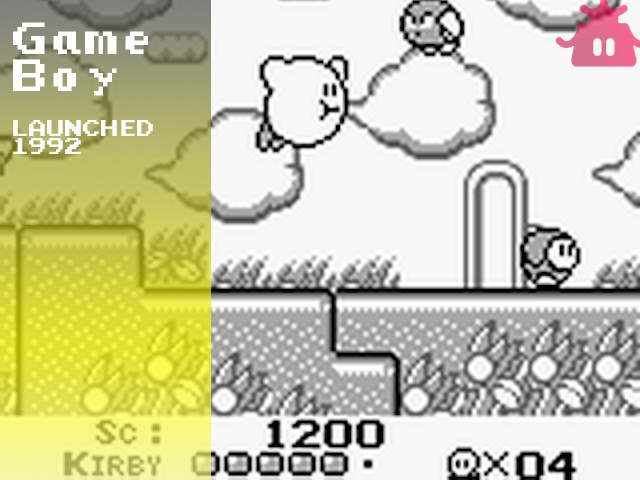
If there’s a common complaint amongst gaming’s hardcore community (or seasoned players, as Nintendo likes to call them), it’s that video games have become too easy. Besides the softening of difficulty levels in general, the vast majority of titles today also offer some form of tutorial to help acclimate players to the controls and premise of a given game. It’s this guidance, or handholding, as it’s more derisively referred to by some, that a lot of folks take issue with. What’s hard to believe now, though, is there was a time when video games were much the opposite. Players would be thrust into a game with zero help beyond what was outlined in the instruction manuals (remember those?), and that was the status quo for years. Nintendo, however, came to believe that video games were becoming too tough, and wanted to find a way to level things out.
Not that Nintendo was any stranger to the world of difficult video games. Though not the toughest titles ever released, games like Mario Bros. 3, Super Metroid, A Link to the Past, and many others had been giving gamers headaches for a good, long while. Nintendo’s games could be challenging, but the bulk of them maintained a solid balance between toughness and fairness that allowed them to remain very accessible. For example, Super Metroid‘s labyrinth of caves and tunnels might have been dense and intricate, but it was navigable, and the more that people played, the easier it became to traverse. Still, Nintendo had a sense that there was an audience out there who could never muster the skills to master games like Zelda or Mario. The only sensible response, it seemed, was to come up with a game that was both easily playable and fun, something that anyone and everyone could enjoy. With the help of HAL Laboratory, Nintendo was going to do exactly that.
HAL was a key piece of the puzzle, to be sure, but no piece was more important than Masahiro Sakurai. The now-famous Super Smash Bros. developer was still part of the rank and file, at the time, and his response to Nintendo’s new initiative was a title for Game Boy called Twinkle Popo. Despite the drastically different name, the preliminary work for the title would look very familiar to anyone who’s ever played a Kirby game. Even Whispy Woods can be seen blustering about in the background. Whispy wasn’t the only recognizable face, though, as Kirby was largely as players know him now, but with a less cuddly moniker; Popopo! It sounded cute, but Nintendo dropped the name Popopo and the character was rechristened Kirby, while the game became Kirby’s Dream Land. (The name Kirby, incidentally, is rumored to have been chosen as a way of honoring a lawyer who had helped Nintendo win a very big legal battle with Universal Studios!). While the name and some other details had to be tweaked, Twinkle‘s core tenets of fun, extreme accessibility, and exploration were already perfect.

There’s an often overlooked aspect of Kirby’s Dream Land that contributed to its success, which is just how gorgeous the game looks. Using only the simple, colorless palette of Game Boy, Sakurai squeezed every bit of detail and animation he could from the system. Dream Land drips with personality, from its abundance of enemies, unique environments, and ingenious use of texture and pattern. It’s also astounding how many characters manage to appear on screen at the same time. The first level alone sees Kirby breezing through packs of different enemies, all performing different actions. From a pure technological standpoint, Dream Land stood out from other titles on Game Boy and made anyone who looked at it want to play it. Combined with an irresistibly catchy soundtrack, Sakurai and HAL gave Kirby all the visual and audible oomph he needed to succeed.
Kirby as a character has an interesting history, himself. According to Kirby’s Dream Collection, Kirby was created to be “a simple character who could be drawn quickly along with music”. Kirby’s thirst for dance was apparently so important to Sakurai, that the development team went to extra lengths to squeeze it into the limited space the Game Boy afforded. His series of dance “moves” at the end of each stage are just animations from gameplay bolted together to look like dancing. Food was another element used to establish the whimsy of the character, with a variety of items strewn about the game world. All of this seemingly unnecessary effort was important for Kirby to connect with players, to make him as approachable as his gameplay. No matter how cuddly Kirby might have been, it would’ve been meaningless if the game wasn’t simultaneously welcoming and fun, which Sakurai knew just how to make work.
To foster accessibility through gameplay, Kirby was given an array of abilities to make him a powerhouse in the hands of players. At any moment, Kirby could balloon with air and become light as a feather, able to waft across the screen and avoid enemies (along with nasty pitfalls!). He could also use his powerful vacuum cleaner-like ability to inhale enemies, who could then either be swallowed or shot out offensively. It was a simple set of moves, but what was there was empowering. Enemy AI was also softened, with the affable Waddle Dees, Waddle Doos, and others made to be fairly lackadaisical in their attempts to attack Kirby. Oddly enough, Kirby didn’t have his signature copy abilities in tow for his inaugural outing, but the gameplay was so tight that it didn’t matter. Dream Land was creative, energetic, fun, and approachable; the only thing left to do was figure out what color Kirby was going to be!

There are dueling legends surrounding Kirby’s pink hue. One story asserts that when Nintendo’s North American localization team finally got hold of the game, they’d only ever seen black and white gameplay footage of the character. As a result, they assumed Kirby was white because, well, he wasn’t any particular color on the Game Boy’s monochrome screen! The other legend is a bit more interesting, as it’s believed that Kirby creator Sakurai and Nintendo stalwart Shigeru Miyomoto couldn’t agree on what color Kirby should be. Sakurai wanted pink, while Miyomoto pined for yellow. As history has demonstrated, Kirby was eventually made into the pink puffball we all know and love, but apparently not without a little drama.
Kirby has remained a fixture on Nintendo’s consoles ever since the success of Dream Land. While he’s more commonly associated with 2D platformers, the character has shown a level of adaptability that would make Mario blush. Some of the most unique and creative Nintendo games in the past 20 years have had Kirby as the star. Kirby Canvas Curse, Kirby Tilt ‘n’ Tumble, Kirby’s Epic Yarn, and many more games besides have put on a workshop of brilliant game design for fans and pros alike to appreciate. Through it all, the rotund hero’s games have always remained open for players of all skill types to enjoy, and will hopefully continue to do so well into the future.
Please enjoy these other gaming history features:




 ShareThis
ShareThis







Game Boy Kirby games are actually the only ones in the series that I’ve tried. That’s Kirby’s Dream Land and Kirby Pinball.
I need to get around to Epic Yarn eventually…
Yes, you do! Epic Yarn was amazing!